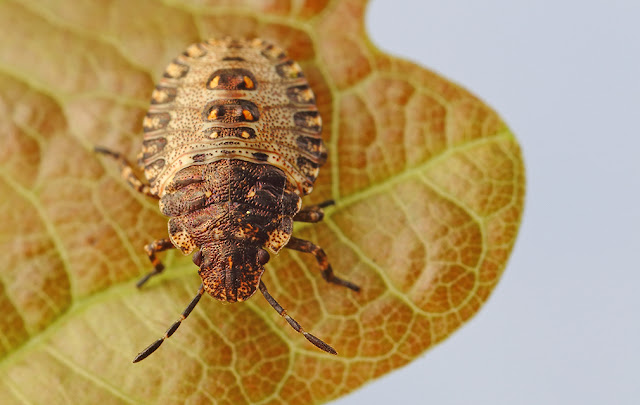All I will tell you for now is that they are related. The first was on Beech and the second on Japonica, and they are both insects. All will be revealed later in this update: gotta keep you interested somehow.
ANTS! Don't ya love 'em? Unless they are in your pants that is! We are lucky enough (yes...lucky) to have some local woodland where there are huge colonies of wood ants. They have been present in these particular woods for as long as I can remember; okay, that's probably not a great indicator, my memory is quite................what was I saying?
Here's a tiny video: I apologise for it being just a Blogger-style thing, rather than YouTube, but I got fed up with them insisting on adding suggestions to all of my uploads that show here. (It may not show in the email version of update either).
Here's a tiny video: I apologise for it being just a Blogger-style thing, rather than YouTube, but I got fed up with them insisting on adding suggestions to all of my uploads that show here. (It may not show in the email version of update either).
Here's a beetle that I haven't seen in a long time...
and here's another...
Yes, I do know that 'Beatle' has a different spelling; I can't help being dyspraxic!
And another thing: why is dyslexic so damn hard to spell? Especially if you are dyspraxic. Now I have lost my thread, you haven't seen it have you? Oh yes...this 'ere beetle. Can I tell you then that this beetle pictured above, is related to the death-watch beetle: well, I could, but it would be a lie, because it isn't.
No, this is Byrrhus pilula which when alarmed, tucks its legs under its body and passes itself off as a seed. I tried that once, it was very nearly fetal! (these puns will end shortly, I promise.)
This is only an image from my phone, but look at this nest of garden spiders. Well, spiderlings to be precise. I found these in the garden on a variegated bamboo plant. They won't all grow up to be female of course; but those that do will look like this...
That image is just a screenshot from my Flickr page: since their 'improvements', I cannot even log-on...Grrrr!
Yes, the Cricket World Cup starts this very Thursday!
C'mon...get into the spirit - cricket, willow on leather, it's the sound of an English summer.
Alright then, have it your way - here's my cricket...
 |
| Speckled Bush-cricket (nymph) - Leptophyes punctatissima. |
I don't think a speckled-bush is compulsory to enjoy the cricket!
--------------------------------------------------
--------------------------------------------------
Ants, beetles, spiders, crickets, what's next? I guess I should enlighten you about those 'thingies' at the top of this update huh?
So... (don't start by saying 'so' JJ, you know I hate it) Alright then, here comes my comprehensive conclusion to the conundrum: I decided to keep a close watch on the second of the two mysterious creatures, and over the space of a couple of days, it increased in length quite a lot..
Latin name: Coccoidea
Size: 2mm to 6mm
Common name: Scale Insect
Special features: Male scale insects look like a tiny midge, while the female has a shield-shaped body with no wings or legs. The males are rarely seen and the females are able to reproduce without the males.
The cotton wool-like fluff underneath the scale, as far as I can tell, is actually the egg sac. Each can contain hundreds of eggs, and they are able to have six generations a year.
There are around 140 native species in the UK, and at least another 30 species which have been introduced on imported plants.
As this is on a Japonica plant in my garden, I plan to keep observing the changes, and hopefully get to see if anything emerges from that huge egg sac. Watch this space!
Time for me to get my coat and hightail it outta here: I will just add a couple of photos from what was a very disappointing night with my moth trap. Just three cockchafer beetles and three moths...
 |
| The Cockchafer Beetles - or May Bugs |
 |
| Chocolate-tip Moth - Clostera curtula At least the moth was a first for me. Not had a chocolate-tip in the garden before.  |











































